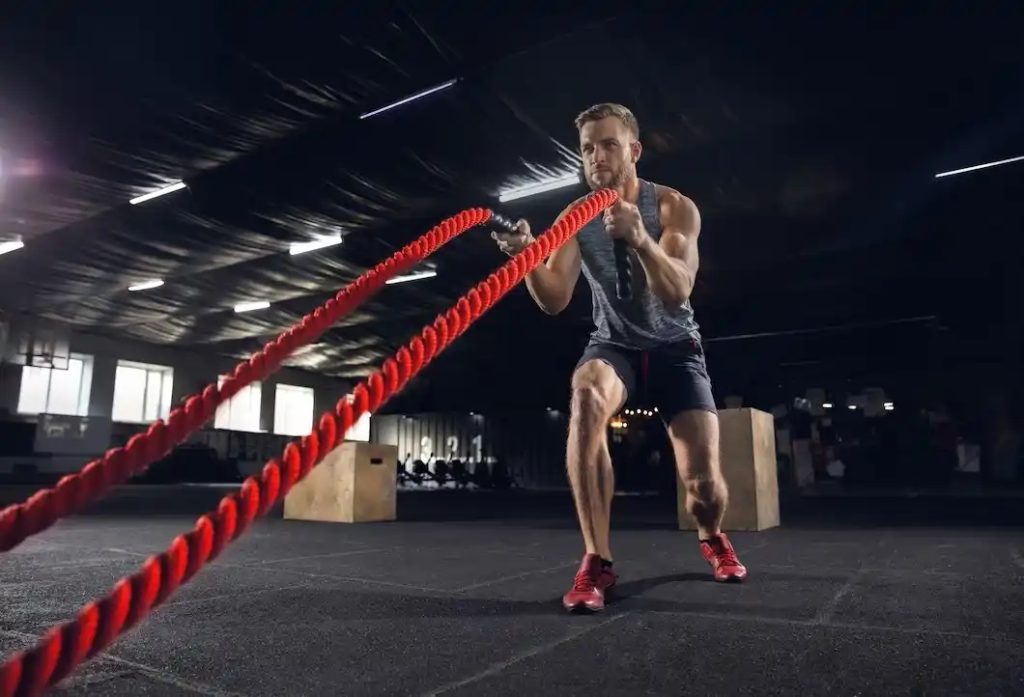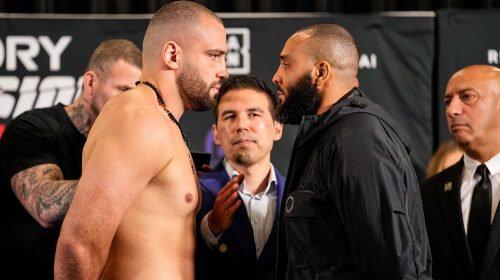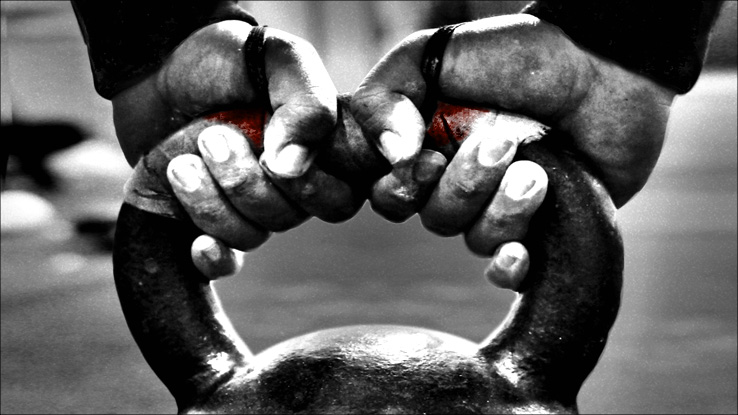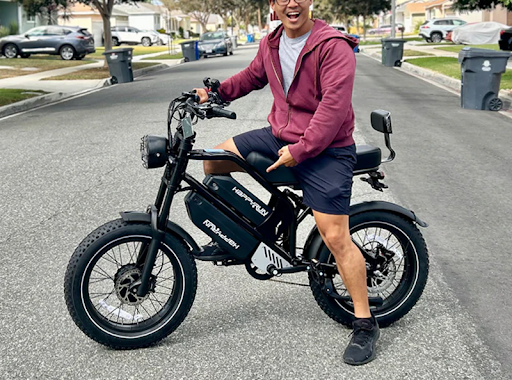
Why Strength and Conditioning Is Essential for MMA Fighters
Are you an aspiring MMA fighter looking to take your fighting career to the UFC level? Do you want to be able to finish fights faster, with power and grace? If so, then strength and conditioning are essential.
Not only will it maximize your performance in the ring, but it will also reduce injuries while increasing overall health. With an effective strength and conditioning program, improving mobility, agility, coordination, and explosiveness becomes attainable – allowing fighters of all levels to gain a competitive edge over their opponents.
In this blog post, we’ll explore why strength and conditioning are so important for MMA fighters – as well as how beginners can start implementing exercises that focus on such improvements into their routine today!
Or, if you’re an MMA fan with an interest in the sport as a whole – you may be interested in learning more about MMA odds and how they can give you an edge when it comes to betting.
The Importance of Strength and Conditioning
Strength and conditioning are integral elements of an MMA fighter’s preparation. Without a properly executed strength and conditioning program, fighters won’t reach their maximum potential or be able to perform at the highest level possible. This can lead to fatigue during fights and a greater risk of injury due to a lack of endurance and stability in muscles and joints.
In addition to making sure you’re physically prepared for each fight, strength and conditioning also play a key role in developing mental resilience – giving athletes the confidence that they can take on any challenge thrown their way.
Different Types of Strength Training Exercises for MMA Fighters
There are a variety of strength and conditioning exercises that are beneficial for MMA fighters. These include:
- Core Exercises – Core exercises such as planks, crunches, weighted sit-ups, and leg raises help to strengthen the core muscles – which play an important role in balance. This will help you stay stable and in control while throwing punches or grappling with your opponent.
- Plyometric Training – Plyometric training helps increase explosiveness and power in your strikes, allowing you to put more force behind each movement. Examples of plyometric exercises include box jumps, tuck jumps, and burpees.
- Weightlifting – Weightlifting is also essential for MMA fighters as it helps build muscle size, strength, and endurance. Examples of weightlifting exercises include barbell squats, deadlifts, bench presses, and overhead presses.
- Cardio Training – Lastly, it’s important to incorporate some form of cardio into your routine as well. This will help keep you in peak physical condition while also improving endurance and aerobic capacity. Examples of cardio exercises include running, swimming, or HIIT workouts.
Nutrition Tips for MMA Fighters to Maximize Performance
In addition to strength and conditioning exercises, proper nutrition is an essential element of any fighter’s training regimen. Not only will a nutritious diet provide the necessary fuel for your workouts, but it will also ensure that you can recover quickly after each session – allowing you to get back in the gym faster.
To maximize performance, MMA fighters should include plenty of protein in their diets as well as complex carbohydrates and healthy fats for energy. Additionally, consuming enough water (at least eight glasses per day) is vital for staying hydrated during long training sessions and keeping electrolytes balanced.
The Benefits of Strength and Conditioning for MMA Fighters
By taking the time to commit to a strength and conditioning program, MMA fighters can expect to see several benefits, such as improved mobility, agility, coordination, and explosiveness. This will not only help you in the ring but also aid with your overall health – allowing you to enjoy a longer and more successful career as an MMA fighter.
Furthermore, such exercises will also lead to greater self-confidence and mental fortitude, which will be invaluable when it comes to competing at the highest level. With this newfound knowledge, you’ll be able to take on any opponent with confidence – knowing that your physical preparation is second to none!
Developing an Effective Training Program
At the end of the day, having an effective strength and conditioning program is essential for any MMA fighter. A comprehensive MMA training plan for strength and conditioning should include a combination of power and muscular endurance exercises and cardiovascular training. These exercises should be tailored to the specific requirements of each fighter based on their weight class, fitness level, and individual goals.
Power Exercises: Power exercises are designed to build quickness, explosiveness, and power. Examples include Olympic lifts (e.g., Clean & Jerk), plyometric drills (e.g., box jumps), and medicine ball throw (e.g., side-to-side throws).
Muscular Endurance: Muscular endurance exercises are designed to increase stamina and strength for extended periods of activity. Examples include squats, pull-ups, dips, deadlifts, push-ups, split squats, and lunges.
Cardiovascular Training: Cardiovascular training is essential for increasing aerobic capacity and aiding in recovery between rounds of competition or intense workouts. Examples include running (sprints or long distances), cycling, swimming, rowing, plyometrics (jumping jacks or high knees) sets, and HIIT circuits (burpees or mountain climbers).
In addition to these exercises being performed in the gym setting with weights or bodyweight movements as part of a strength & conditioning program, it’s also important to incorporate activities that simulate different elements of a fight, such as grappling drills/sparring and shadow boxing/bag work into your routine for higher levels of effectiveness & skill acquisition desired for an all-round MMA athlete.


























